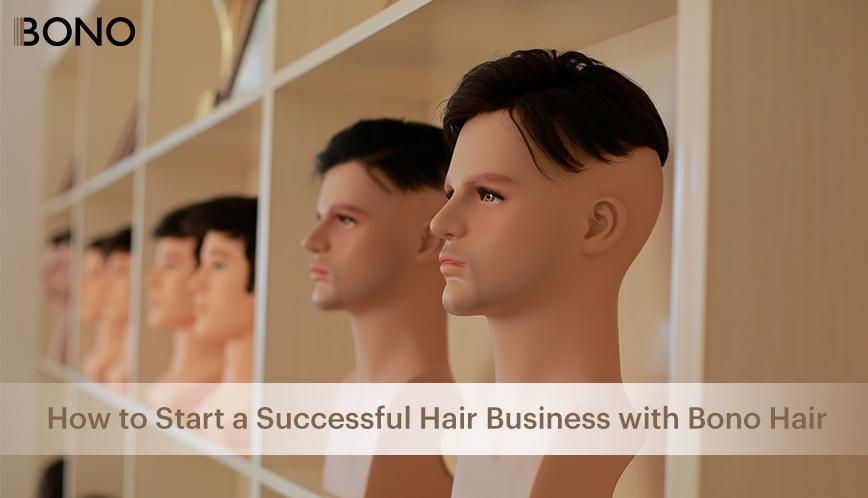The global demand for men’s and women’s hair replacement systems has grown significantly in recent years, creating profitable opportunities for entrepreneurs and salon owners. Whether you plan to open a retail wig store, partner with local salons, or launch an online hair system business, success starts with understanding the wholesale fundamentals that drive this industry.
Starting a hair replacement business requires more than just offering great products—it’s about sourcing wisely, managing inventory efficiently, and building relationships with reliable suppliers. Below are essential wholesale tips to help you build a sustainable and profitable hair replacement business.
1. Understand Your Target Market
Before diving into wholesale purchasing, identify who your ideal customers are. Are you targeting men’s toupees, women’s toppers, or medical hair replacement systems for chemotherapy patients? Understanding the demographics, preferences, and price sensitivity of your audience allows you to source the right types of hair systems and market them effectively.
For example, salons catering to professional men may prefer natural-looking lace or skin systems, while beauty retailers might focus on fashion wigs or hair toppers. Knowing your audience ensures that every wholesale purchase aligns with your business goals.
2. Choose Reliable Wholesale Suppliers
A trustworthy supplier is the foundation of any successful hair replacement business. You need a partner who offers consistent product quality, timely deliveries, and transparent communication. Late shipments, inconsistent color tones, or poor base construction can easily damage your brand reputation.
When evaluating suppliers, look for these qualities:
Industry experience and proven track record.
Range of product options (lace, mono, skin, hybrid bases).
Customization capabilities for unique client needs.
Quality assurance systems to maintain consistency.
B2B support, including bulk discounts and flexible shipping.
Partnering with a dependable supplier allows you to focus on growing your business rather than troubleshooting quality or delivery issues.
3. Balance Stock and Custom Orders
Every successful hair replacement business needs to strike the right balance between stock systems (ready-to-ship units) and custom orders (made-to-measure systems).
Stock systems are ideal for clients who need immediate results, offering fast delivery and affordability.
Custom systems, on the other hand, provide the perfect fit, density, and color match, ensuring superior satisfaction for discerning customers.
Maintaining both options helps you cater to different markets—salons, clinics, and individual clients—while keeping your cash flow flexible.
4. Focus on Quality Over Quantity
It can be tempting to order large quantities from low-cost suppliers, but poor-quality hair systems often lead to high return rates and lost clients. Instead, prioritize suppliers that use 100% human hair, offer natural ventilation methods, and employ skilled technicians to ensure every system meets professional standards.
High-quality products not only improve customer satisfaction but also strengthen your brand’s credibility in a competitive market.
5. Develop a Marketing and Education Strategy
In today’s digital marketplace, B2B success depends heavily on education and branding. Create professional product guides, tutorials, and blog content to help your salon or retail partners understand the value of your hair systems.
Additionally, leverage platforms like Instagram, TikTok, and YouTube to showcase transformations and client testimonials. The more you educate and inspire your customers, the more they trust your brand.
6. Build Long-Term Supplier Relationships
The most successful hair replacement businesses treat their suppliers as long-term partners, not one-time vendors. Establishing mutual trust allows you to negotiate better pricing, gain priority during high-demand seasons, and access exclusive products.
Regular communication, constructive feedback, and consistent collaboration help strengthen the supply chain, ensuring your business grows smoothly and sustainably.
7. Stay Updated on Industry Trends
The hair replacement market is constantly evolving. New materials, base technologies, and ventilation techniques are redefining quality standards. Stay informed about industry trends—such as hybrid bases, HD lace, and sustainable sourcing—to keep your product line relevant and competitive.
Being proactive ensures you’re offering clients the latest innovations that set your business apart from competitors.

Why Partner with Bono Hair
For entrepreneurs and wholesalers entering the hair replacement market, having a dependable supplier makes all the difference. Bono Hair is a global leader in manufacturing premium hair systems for men and women, providing both stock and custom solutions designed to meet professional demands.
With years of experience in B2B supply, Bono Hair offers:
Consistent product quality and craftsmanship.
Reliable delivery and scalable production.
Expert guidance for growing your business.
A wide range of bases including lace, skin, and mono.
By partnering with Bono Hair, you gain more than just a supplier—you gain a trusted partner dedicated to your long-term success in the hair replacement industry.
Lynn Martelli is an editor at Readability. She received her MFA in Creative Writing from Antioch University and has worked as an editor for over 10 years. Lynn has edited a wide variety of books, including fiction, non-fiction, memoirs, and more. In her free time, Lynn enjoys reading, writing, and spending time with her family and friends.















